Bulgaria is a country with many great places to visit, from beaches on the Black Sea to ski resorts in the mountains. In terms of history and culture, though, the nation’s capital city of Sofia is hard to beat. While it does have some of the grit and chaos you often find in big Balkan cities, there’s no denying just how much there is to see and do in this dynamic destination.
Whether as a city break or part of a longer trip around Bulgaria, two days is enough time to see many of Sofia’s greatest sights – especially if you follow this Sofia itinerary. That way, you’ll know exactly what to do in Sofia in two days without missing out on anything major.
Best Time to Visit Sofia
When you plan your weekend in Sofia, the first thing you need to think about is the timing of your visit. Like most European countries, Bulgaria experiences four distinct seasons, and no one wants bad weather to derail their trip.
High season in Sofia is during the summer months of June through August when the weather is warm, meaning attractions are more likely to be crowded and accommodation prices are higher. That said, Sofia isn’t nearly as popular as some other European capitals, so it doesn’t usually get too busy.
However, the best time to visit Sofia is actually the tail end of summer in September, when the weather is good and things have started to quiet down. After September, temperatures drastically drop off, and Sofia has only a short fall before it’s in the chilly grips of winter. Spring can also be a good time to visit, though it’s the rainiest time of year.
How to Get Around Sofia
To make the most of your time visiting Sofia, you’ll want to know the best ways to get around the city. Sofia is a reasonably large city, after all, and some of its most interesting attractions are quite a distance from the city center.
While you should have no problem walking around the downtown area, you also have Sofia’s public transport network at your disposal. The metro, trams, and buses link up the different parts of Sofia and are particularly useful if you need to get from the city’s train and bus stations into the city. There are two ticket systems in Sofia – one for buses and trams, the other for the metro. A single-journey ticket for either system costs 1.60 lev (about 56 cents in U.S. dollars). You’ll buy the first type on board the bus or tram you catch, the second type from machines at the metro stations.
If you fly into Sofia, it’s quite easy to reach the city center from the airport. You can take the metro from the airport right into the center in less than 20 minutes. The metro doesn’t run after midnight, though, so plan ahead. Alternatively, you can take one of three different buses that go into the city center, each taking around 30-45 minutes.
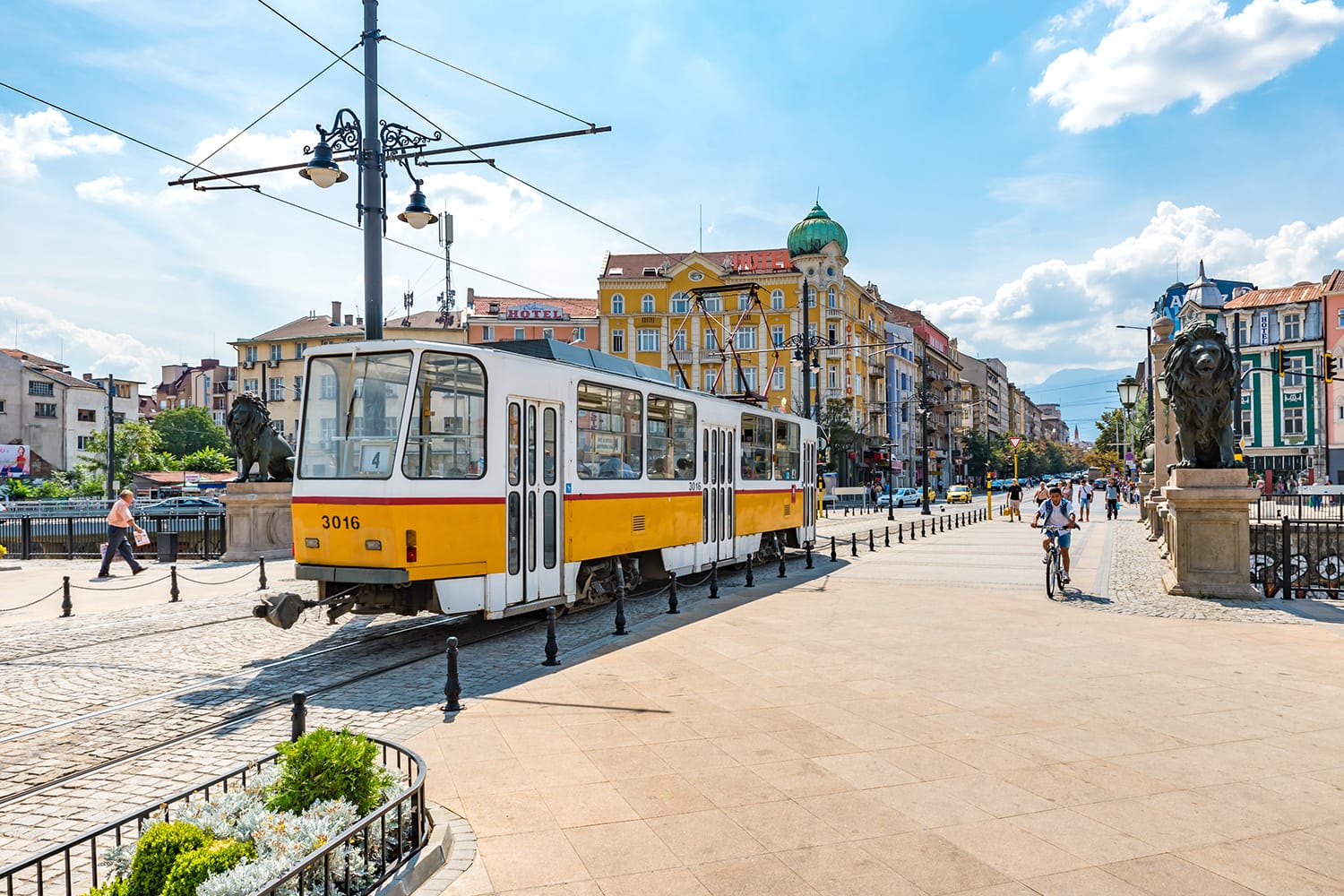
Where to Stay in Sofia
One of the biggest stressors of planning any trip is working out your accommodations. When deciding where to stay in Sofia, you have to balance location with facilities and price to find the right place for you. Generally, the best places to stay in Sofia are in the city center, giving you easy access to the city’s main sights and the best restaurants and bars.
If you’re after one of Sofia’s most luxurious options, the Sofia Hotel Balkan is the way to go. This central five-star hotel boasts elegant rooms with great views, multiple dining options, an on-site casino, and a health club.
If you’re looking for both comfort and affordability, Hotel Niky is a great option for your visit. Just a short walk from Vitosha Boulevard, this hotel offers rooms, apartments, and suites, all with complimentary breakfast.
The city has a lot of great options for budget travelers, one of the best being Hostel N1 in Sofia. It enjoys a prime location in the city center close to all the sights, and you’ll have access to kitchen and laundry facilities as well as helpful staff.
You can also find places to stay on Airbnb, which presents options for just about every budget and taste.
For more accommodation options in Sofia, check out Booking.com. This site consistently offers the best rates, and its customer service is on point.
The Perfect 2-Day Sofia Itinerary
Even though Sofia is the capital city of Bulgaria, it doesn’t demand a lot of time to see. You should have no problem experiencing the best of Sofia in two days. Of course, you can spend longer getting to know the city, but if you’re mainly interested in the best things to do in Sofia, two days should be enough. During that time, you’ll explore the city center and then venture south to Vitosha and the attractions on its slopes.
However, before we get to our Sofia itinerary, we just wanted to remind you to purchase travel insurance. You never know what will happen and, trust us, you do not want to get stuck with thousands of dollars in medical bills. As a wise man once said, “If you can’t afford travel insurance, you can’t afford to travel.” So don’t leave home without it.
SafetyWing offers travel insurance for only about $10 a week, making it a no-brainer to get. You can get a quick, non-binding quote below:

SafetyWing is, of course, not the only option available. Two other popular alternatives are World Nomads and Heymondo.
With that important subject covered, let’s dive into this Sofia travel itinerary, which will show you how to see Sofia in two days and get the most out of your visit.
Sofia Itinerary: Day 1
Upon arrival, you’ll start seeing the best places to visit in Sofia right in the heart of the city, which is home to many of Sofia’s most famous historical monuments.
Recommendation: Find out what it was like on the eastern side of the Iron Curtain in Sofia by joining a Communism tour. Discover a 45-year period compressed into an informative three-hour walk as you learn about the factors that led to Communism and its aftermath. You can book a Communist walking tour here.
Vitosha Boulevard
A walk down Vitosha Boulevard is a great way to start exploring Sofia. This lively pedestrian street runs right through the center of the city and is its main shopping thoroughfare.
Along the boulevard are all kinds of bars, cafes, and restaurants, not to mention plenty of high-end fashion stores. Walking here will give you a sense of the city life and quickly bring you to St. Nedelya Square, where you’ll find the impressive sight of St. Kyriaki Cathedral Church.
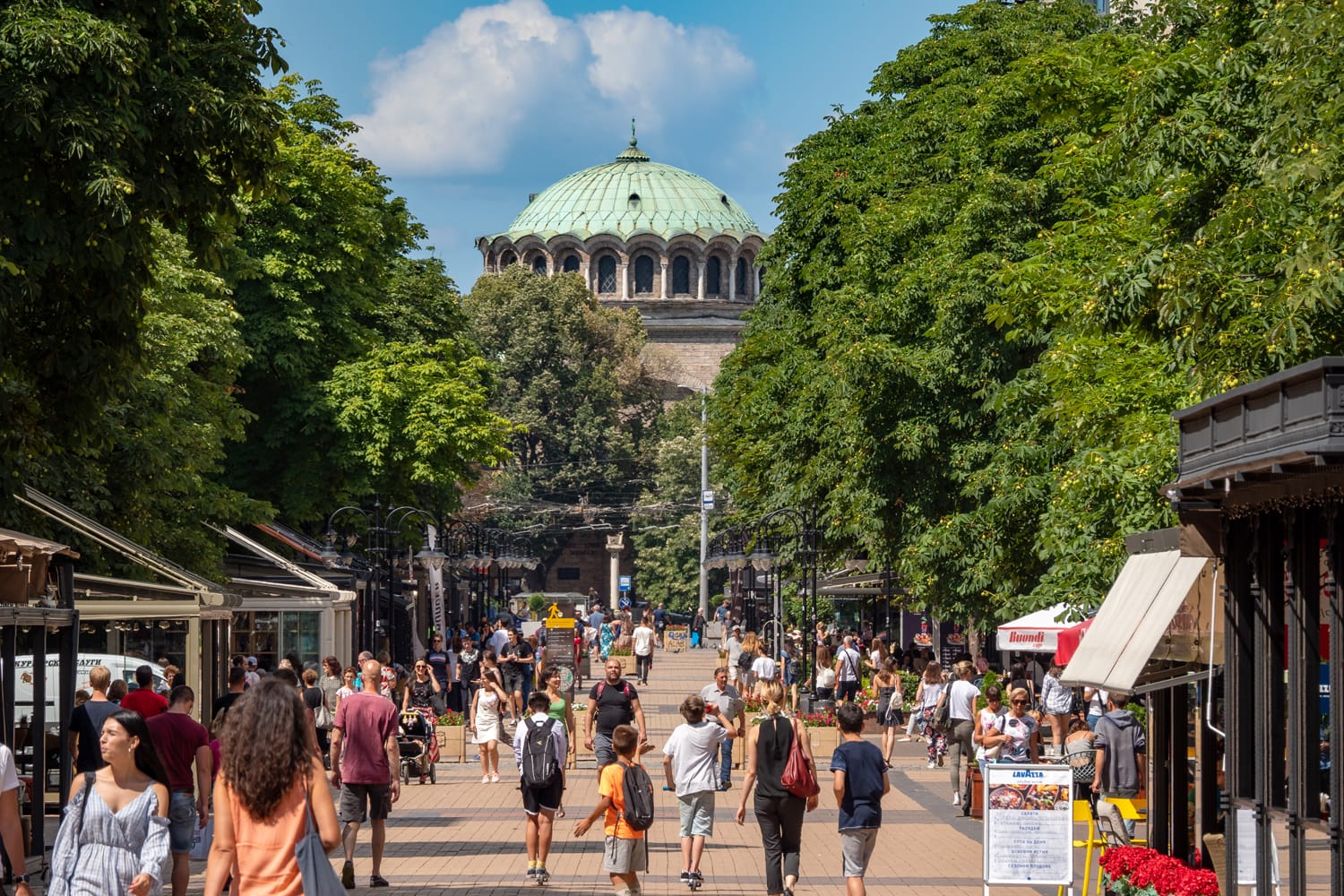
Church of St. George Rotunda
Right behind St. Kyriaki, head up Saborna Street until you reach the brick rotunda in a courtyard surrounded by towering buildings. This well-preserved cultural landmark is the Church of St. George, the oldest building in Sofia.
Once the site of Roman baths dating back to the early fourth century, the rotunda became a church during the ancient era when Sofia was known as Serdica. You can even see fragments of medieval frescoes on its walls inside.
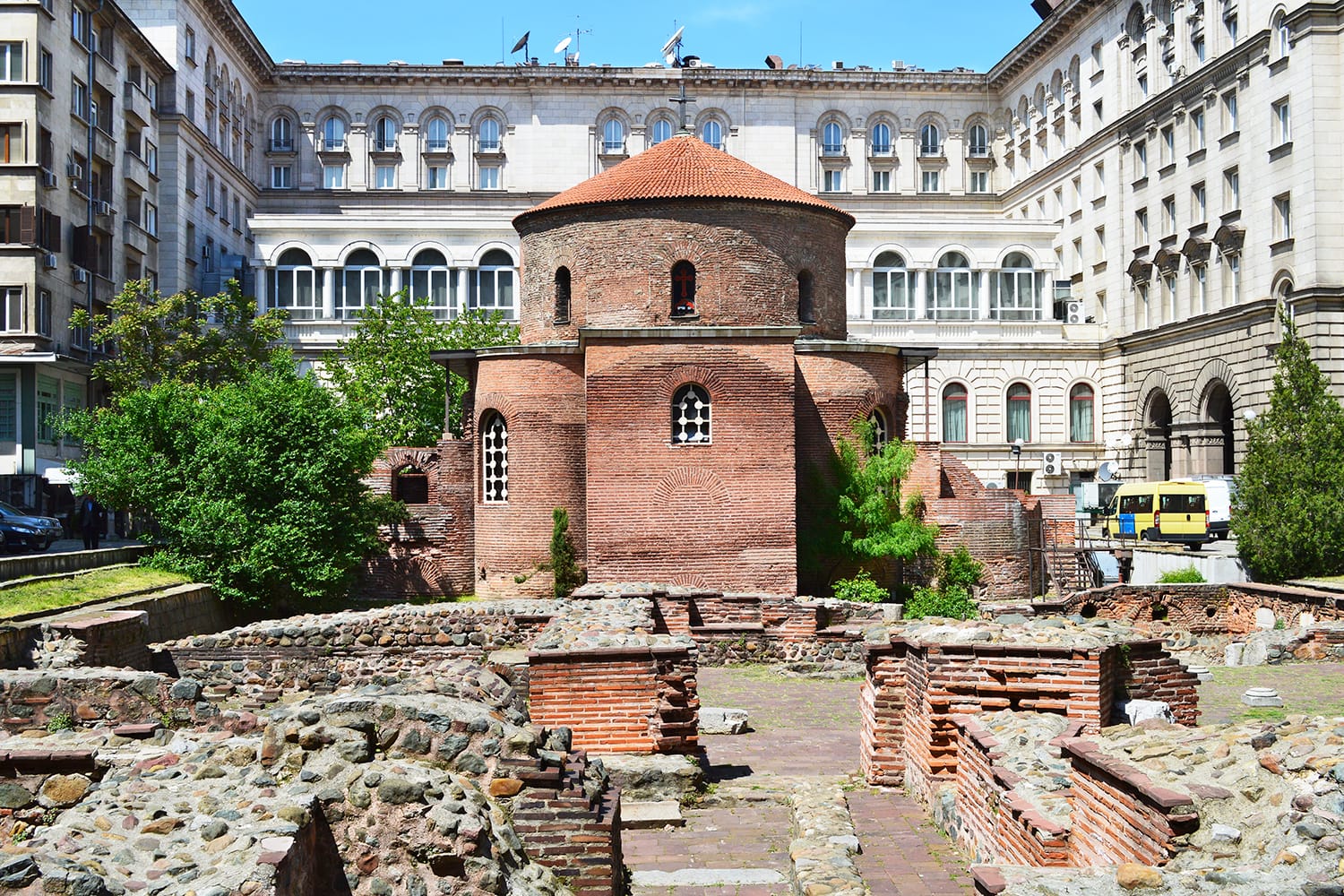
Banya Bashi and Sofia Synagogue
Returning to St. Kyriaki and continuing north, you’ll soon come across two buildings that speak to Sofia’s multicultural past. The first you’ll spot is the Banya Bashi Mosque, an elegant 16th-century landmark from the days of the Ottoman Empire. This is the only mosque left in Sofia from that time, and it’s possible to visit inside when prayer services aren’t taking place.
One block to the west, you’ll uncover the largest synagogue in the Balkans. The Sofia Synagogue was built in 1909 for the city’s Jewish population, which was still a large community at the time. After admiring its Moorish design, you can head inside to see its museum about Bulgaria’s Jewish communities.
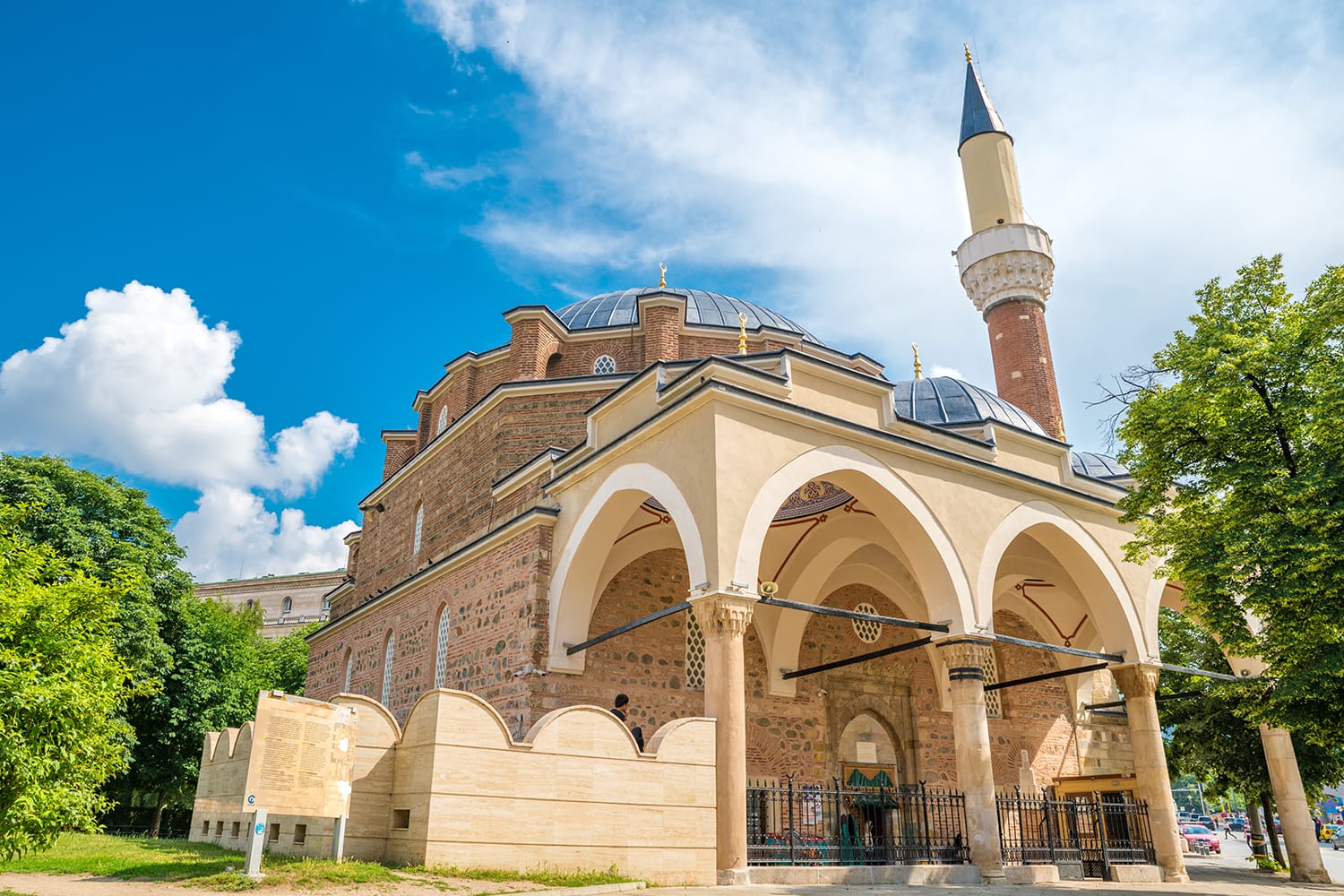
Central Market Hall
Across the street from the synagogue stands the Central Sofia Market Hall. This covered market dates back to 1911 and boasts an art nouveau exterior that almost looks too grand for a market hall.
Step inside and you’ll find rows of stalls across three floors, selling local produce and food, clothing, and all kinds of trinkets. If you’re curious about the typical Bulgarian sweets and snacks, this is a great place to pick up a few.
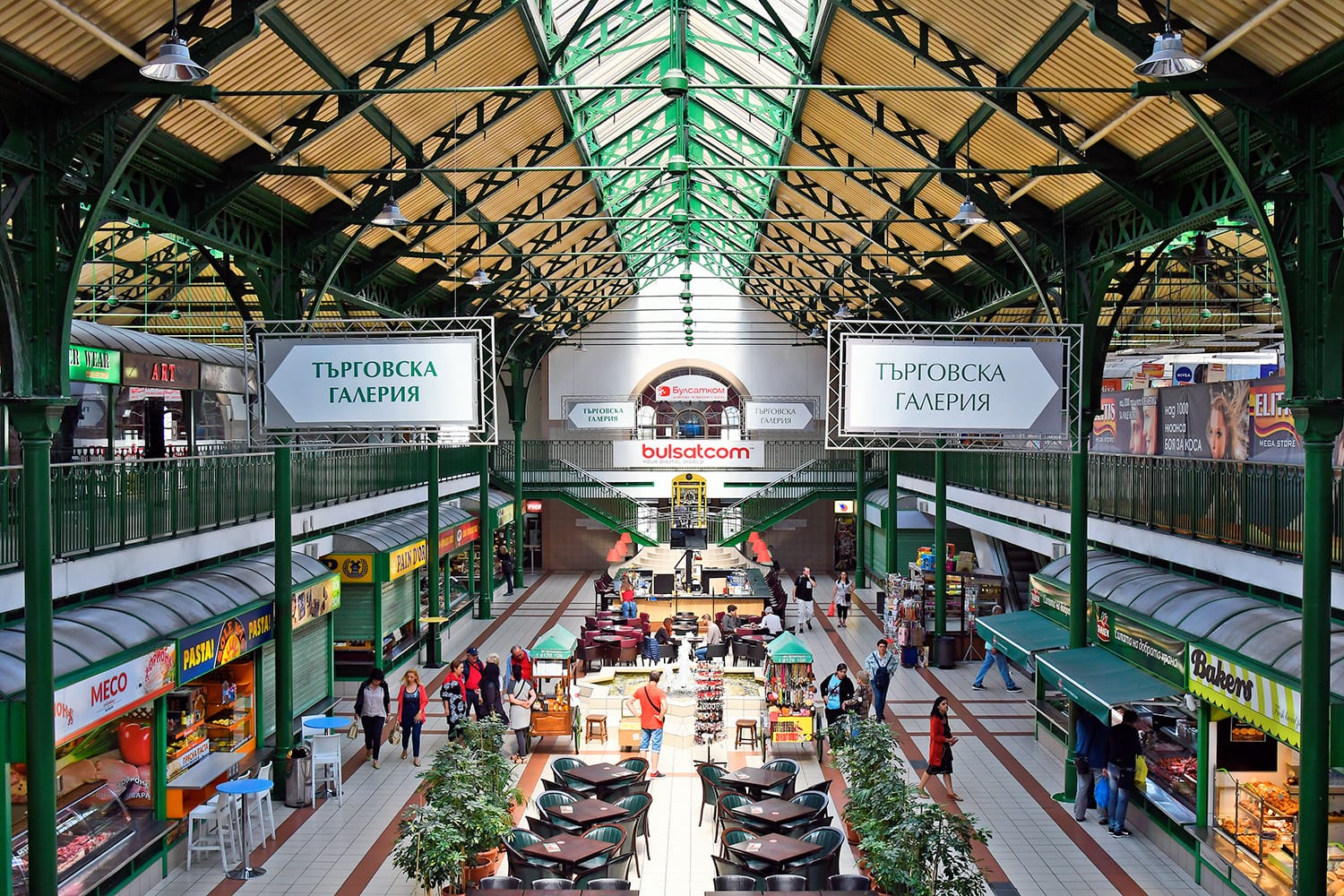
Central Mineral Baths
Walking through the park behind the Banya Bashi Mosque, you’ll arrive at one of Sofia’s prettiest buildings, the Central Mineral Baths. This sophisticated Neo-Byzantine structure was once the city’s public baths, which opened in 1913, though Sofia has been known for its mineral springs and baths since the 16th century.
You won’t have any need for a towel if you visit today, though – the building is now home to the Sofia Regional History Museum. In front of the building stands a fountain that’s still fed by hot natural mineral water, which you can drink if you like.
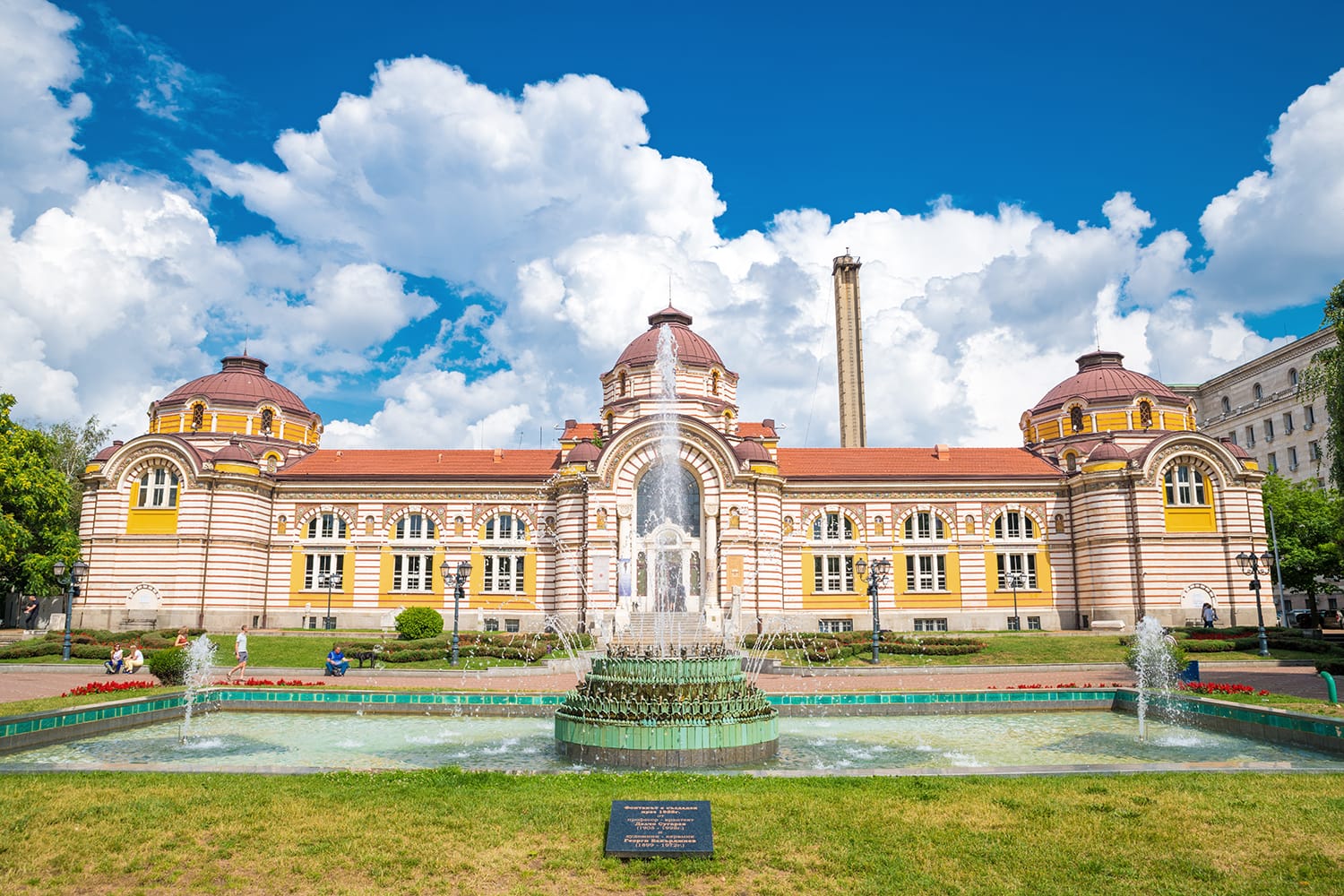
St. Alexander Nevsky Cathedral
Easily the most iconic attraction in Sofia is St. Alexander Nevsky Cathedral. This impressive building is one of the most beautiful churches in the world, easily recognized by its glimmering golden domes and Neo-Byzantine style. Finished in 1912, it stands as one of the largest Eastern Orthodox cathedrals in the world.
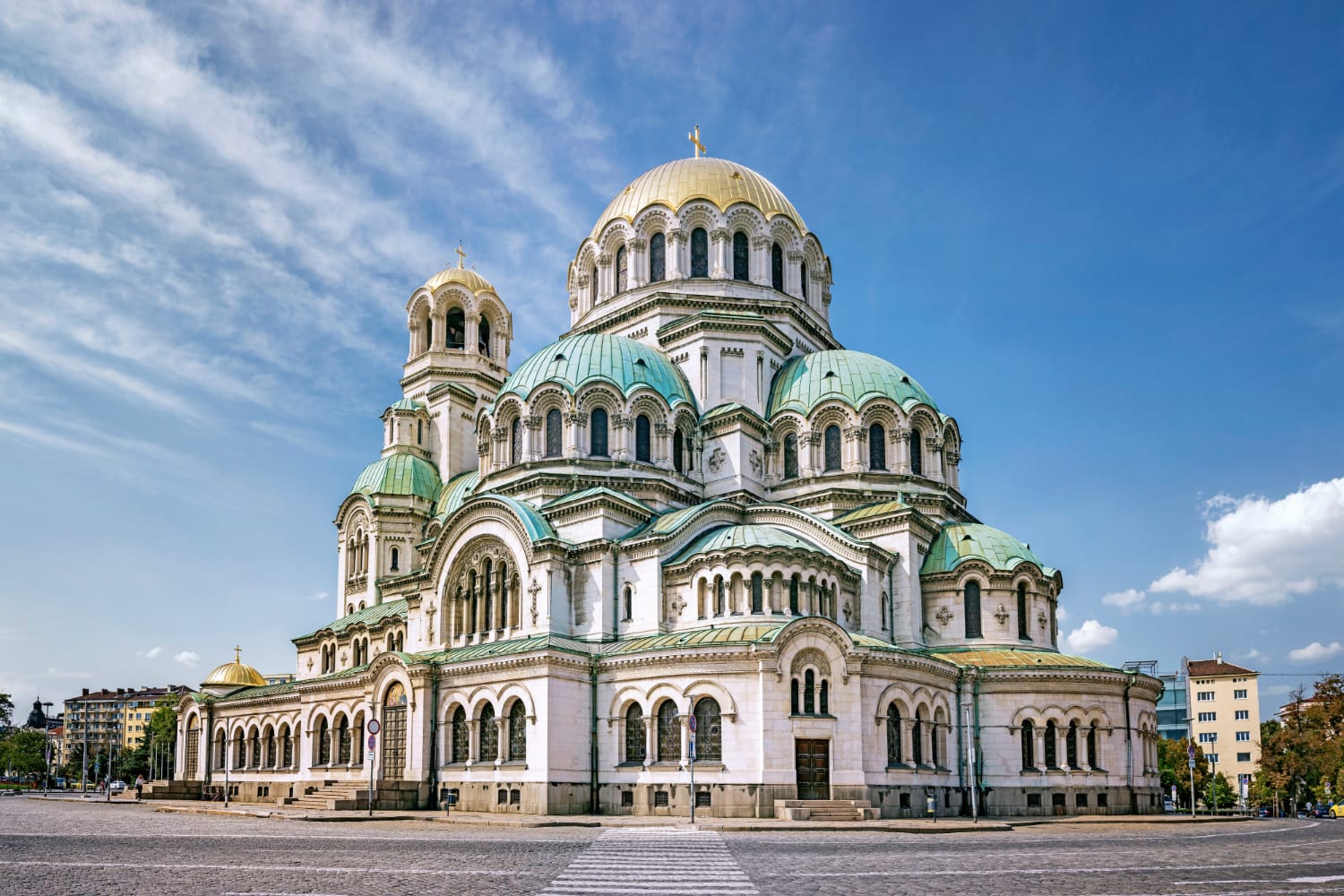
Ivan Vazov National Theatre
Finish the day with one last striking landmark, the vibrant Ivan Vazov National Theatre. Built at the start of the 20th century and named after the prominent Bulgarian writer, this gorgeous Neoclassical building is a national icon. Since its inception, it has been the most important theater in the country. The City Garden sits directly outside the theater, with fountains adding to the site’s beauty.

Sofia Itinerary: Day 2
There’s plenty more to see with the rest of your 48 hours in Sofia, including the many attractions around Vitosha. Alternatively, you have your pick of some fantastic day trips from Sofia.
Local Street Art
Sofia may not be one of the most famous cities for street art in Europe, but there’s actually quite a lot to see. You’ll find quite a variety of pieces on the sides of buildings in the downtown area. Street art is even more common on the apartment buildings in neighborhoods like Hadzhi Dimitar.
The Red Flat
If you’re curious about what life was like in Bulgaria during the country’s communist period, be sure to make a stop at the Red Flat. Essentially a family home that has been unchanged from the 1980s, you’ll get to see an honest and unfiltered view of what ordinary life was like for people at that time through this small museum. An audio guide helps provide context to items throughout the flat.
National Palace Of Culture
Head back to Vitosha Boulevard and follow it to the southern end, where you’ll find the gardens surrounding the National Palace of Culture. This large Communist-era building was constructed to help celebrate Bulgaria’s 1,300th birthday and acts as a conference center and event venue. The gardens and fountains around it are nice, but the real reason to visit is the striking architecture of the venue and other Brutalist monuments around the park.
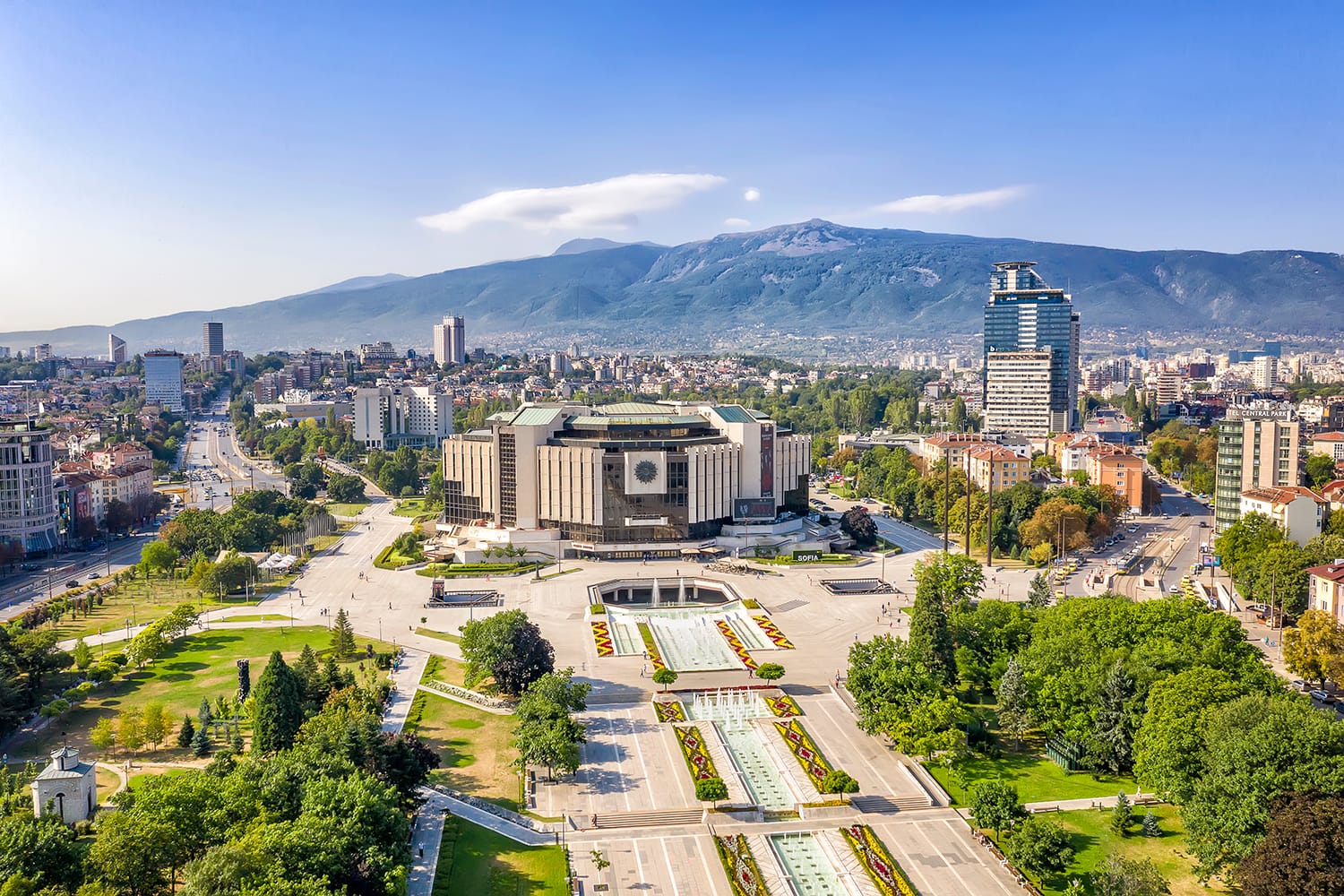
National Museum of History
You’ll now leave the city center entirely to visit Bulgaria’s National History Museum at the foot of Mount Vitosha. Housed inside the former residence of Communist leader Todor Zhivkov in the Boyana district, this museum is the largest in the country.
The museum takes you through the history of Bulgaria, from the prehistoric era right up to the recent Communist period. Over 65,000 items are on display here, allowing for an impressive depth and diversity of exhibits.
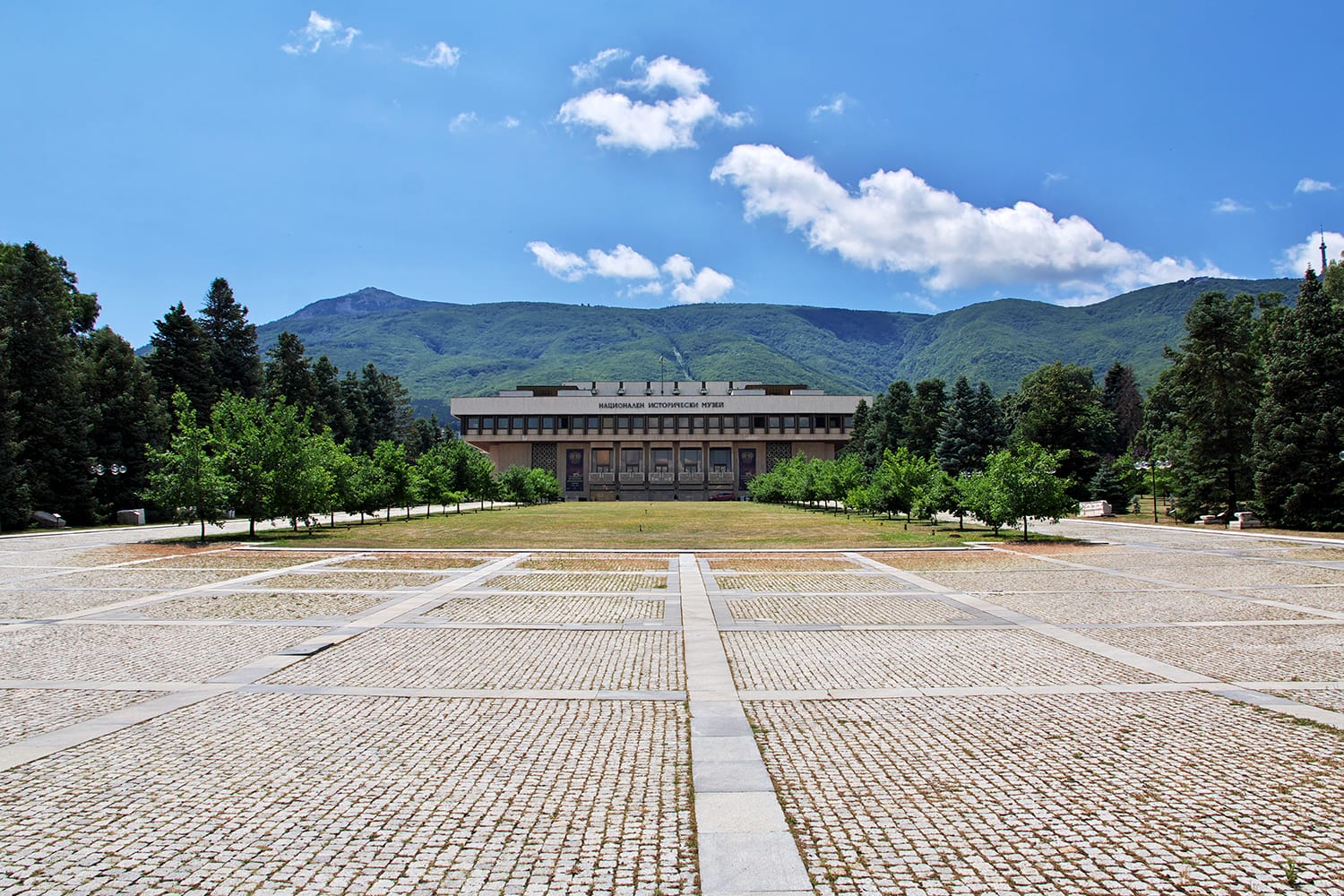
Boyana Church Museum
Heading even closer to Vitosha, we come to one of Bulgaria’s proud UNESCO World Heritage Sites, Boyana Church. Despite its distance from the city center, this medieval Bulgarian Orthodox church is one of the most popular attractions in Sofia, as it dates back to the late 10th century and bears great cultural heritage. Inside the church are incredibly detailed frescoes, painted in a Renaissance style that was ahead of its time.
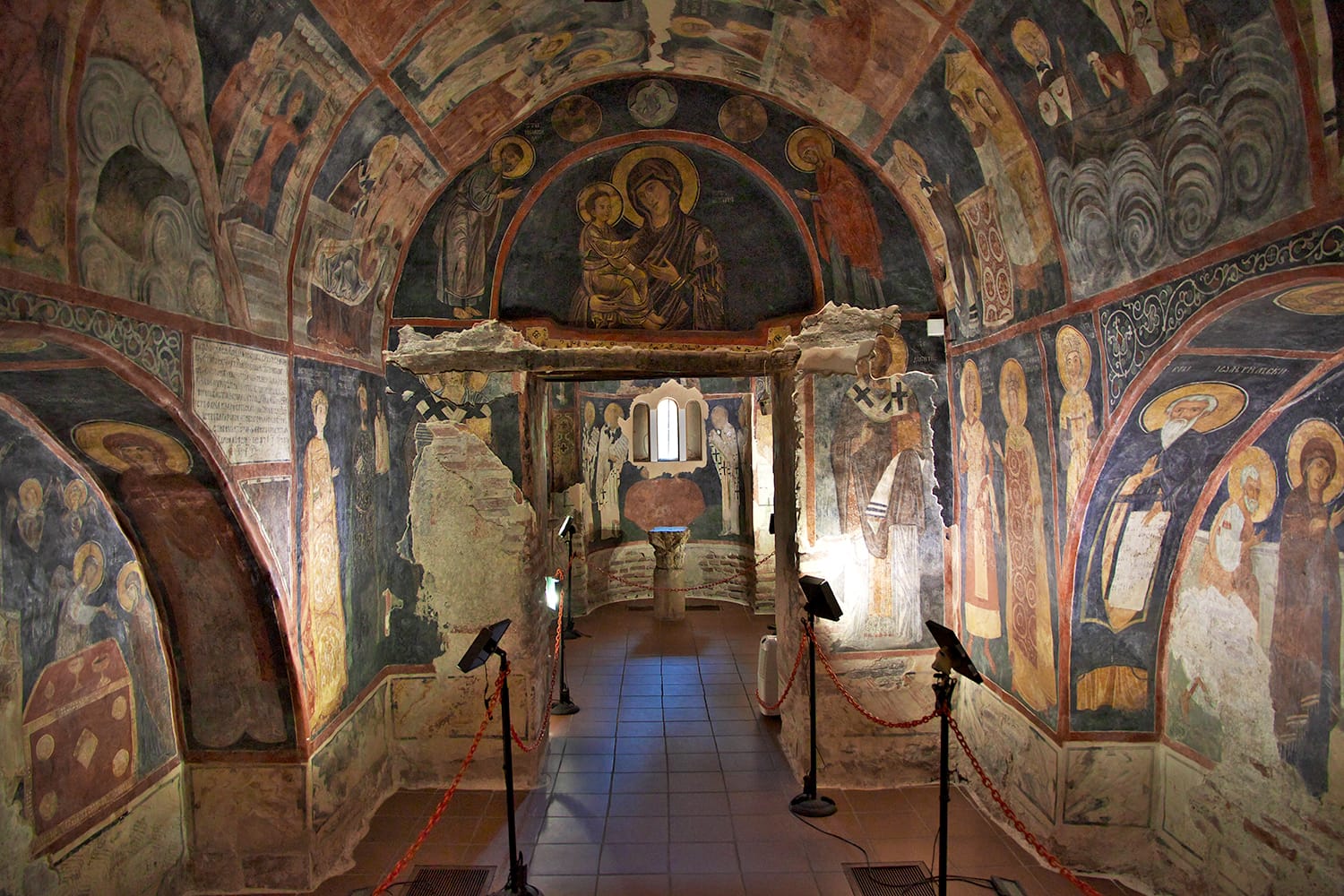
Vitosha
Finally, we come to the looming presence of Vitosha, the mountain that’s been visible for most of your exploration of the city. There are three main options for climbing up Vitosha: You can take to its hiking trails, go up by bus, or hitch a ride on the Simeonovo Lift. However you go up, you’ll enjoy abundant natural scenery and some stunning panoramic views of Sofia along the way.
Some other attractions around Vitosha are worth seeing if you have the time, including Boyana Waterfall (uphill from Boyana Church) and the ancient Dragalevtsi Monastery.
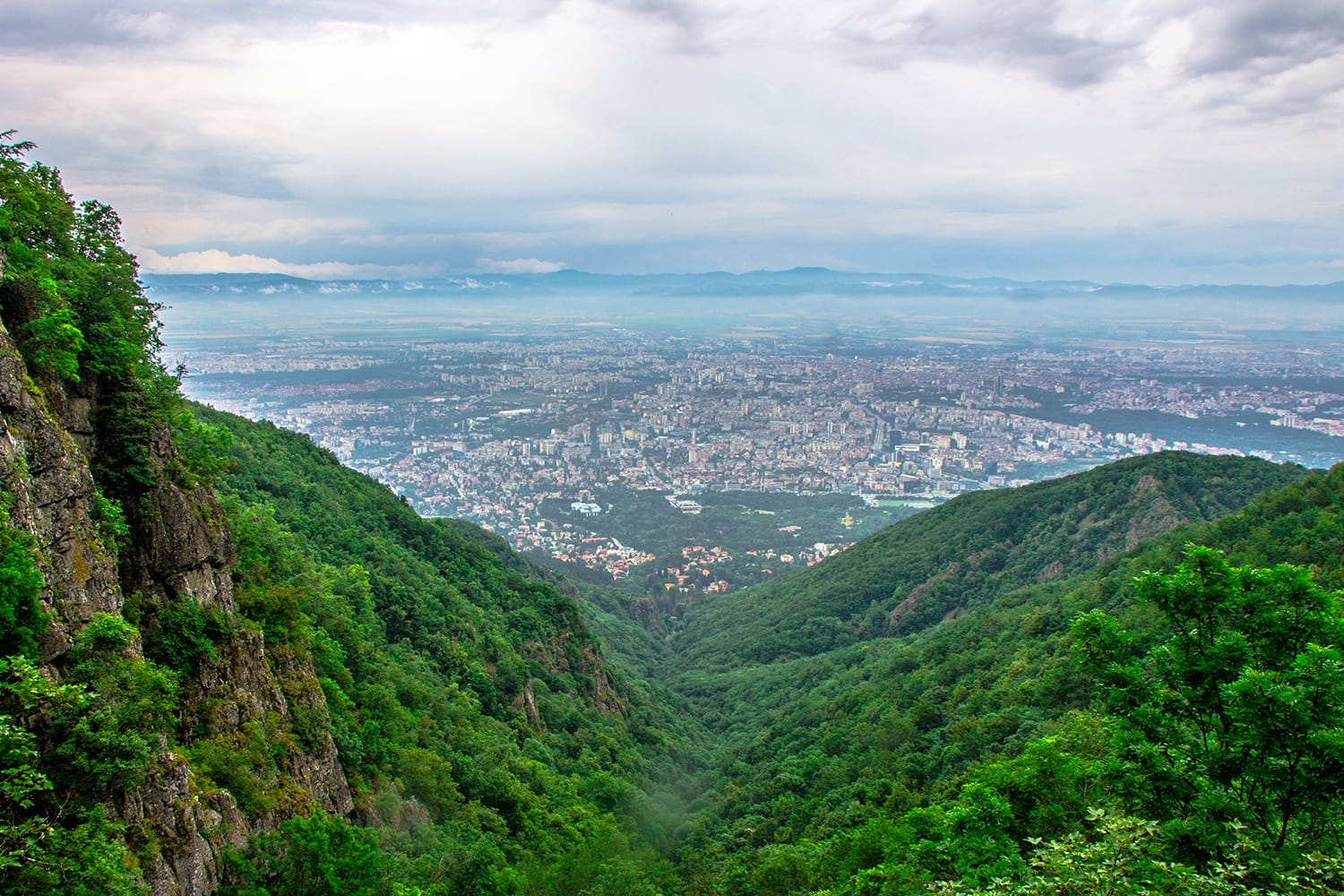
You now have the information you need to make the most of two days in Sofia. Hopefully, this has given you a better idea of how to plan your visit to Bulgaria’s capital city and take in the city’s sights.
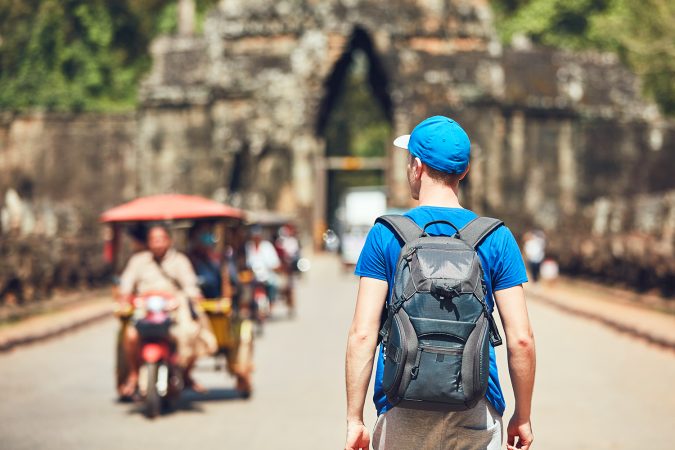
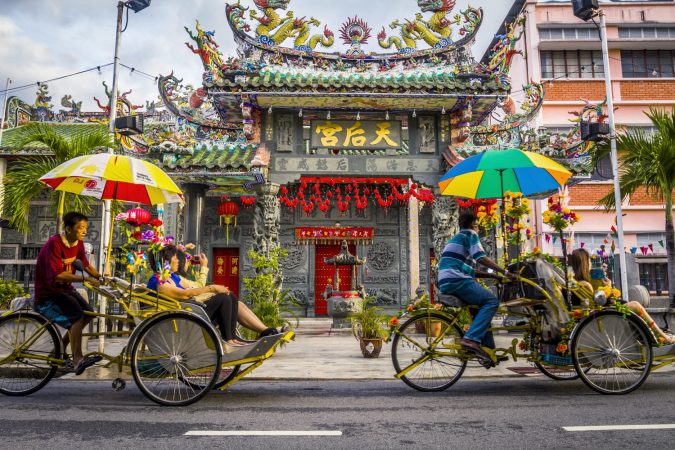
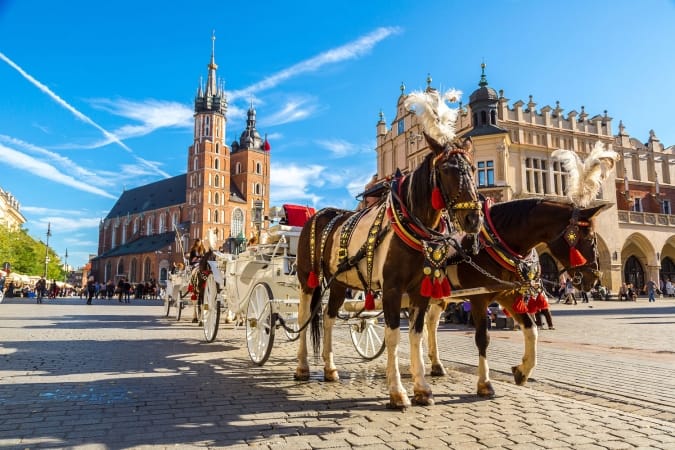
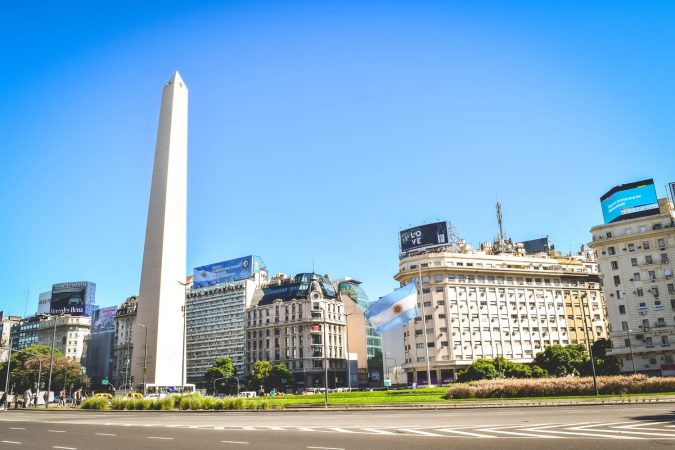
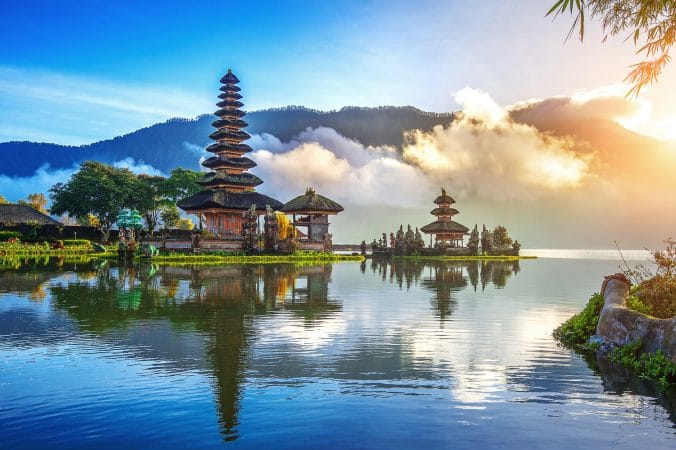
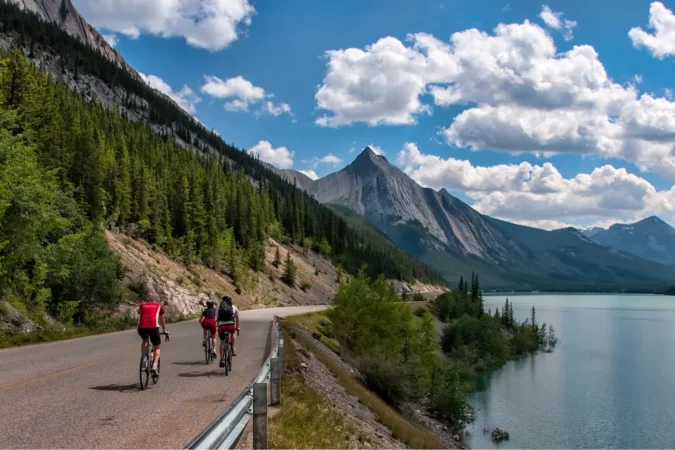
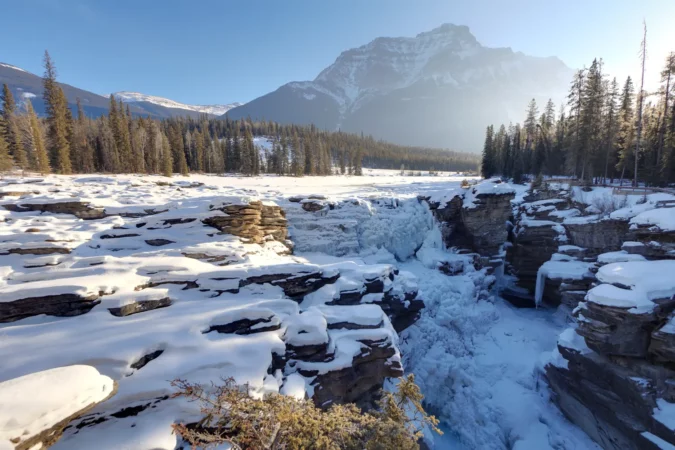
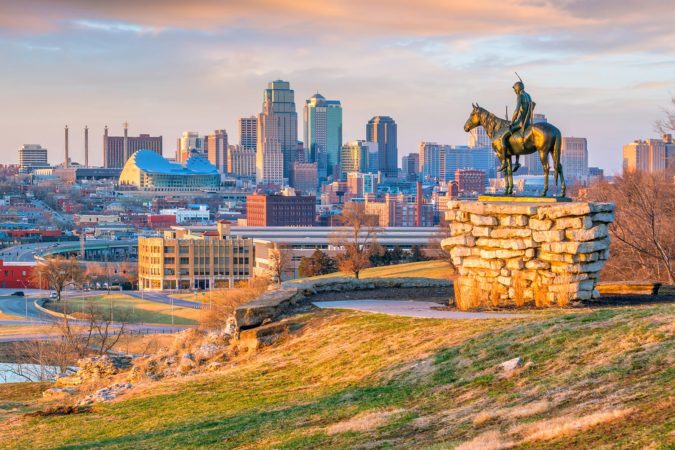
Comments